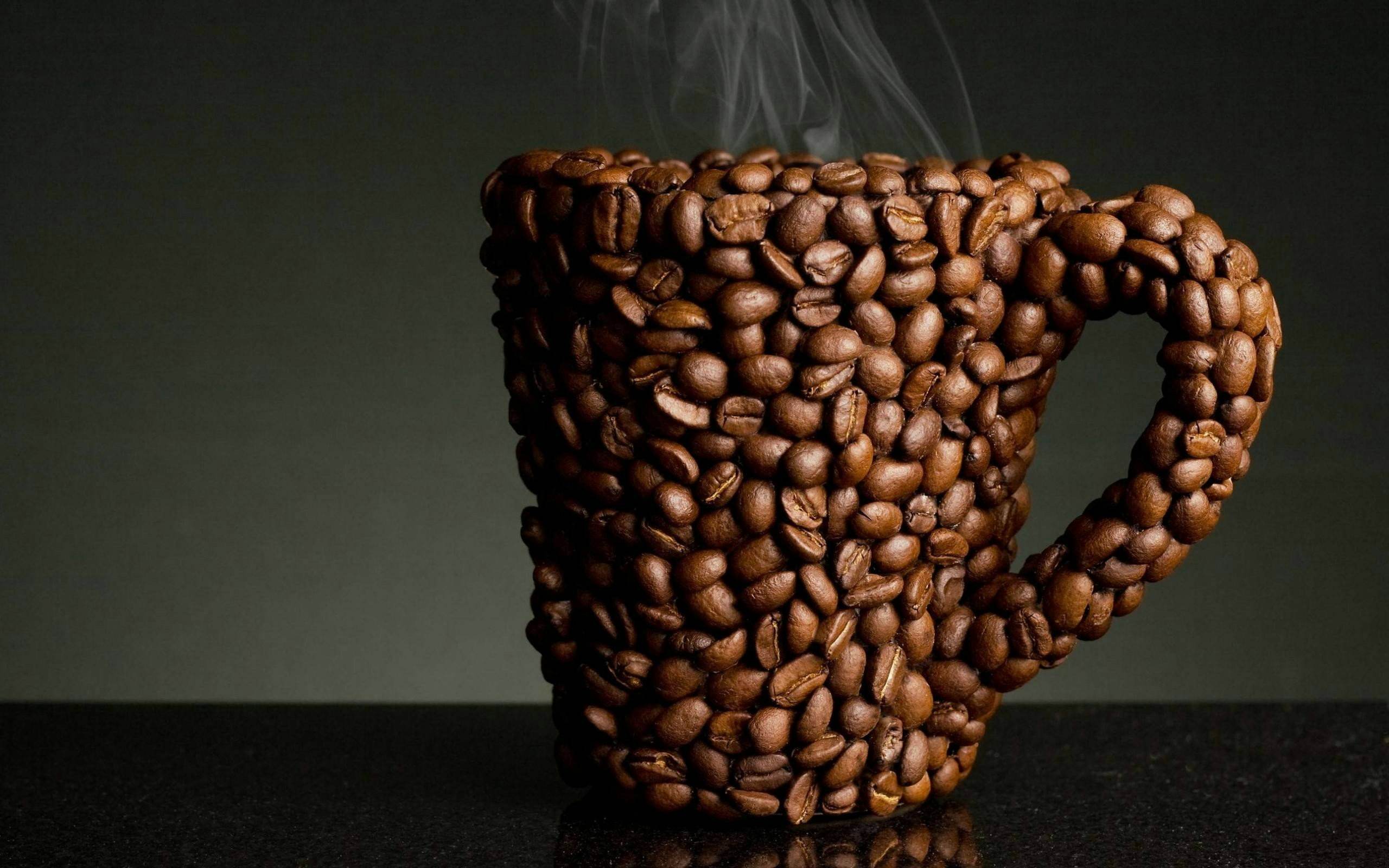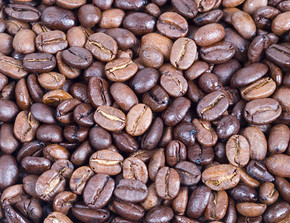Coffee knowledge sharing in Vietnam
Follow the caf é (Wechat official account vdailycom) and found that Beautiful Cafe opened a small shop of its own.
Coffee knowledge in Vietnam
Geographical location of Vietnam
Conducive to coffee cultivation, southern Vietnam is a hot and humid tropical climate, suitable for growing ROBUSTA coffee, the north is suitable for growing ARABICA coffee. Each coffee bean used in the current production of Saigon Coffee is selected from the best coffee area in the Vietnamese plateau and is roasted with special cream, with outstanding milky aroma, mellow coffee flavor and unique flavor of Saigon coffee with a long aftertaste.
Traditional Vietnamese coffee is the way of drinking coffee with condensed milk, the flavor is very strong, and the milk flavor basically covers the original aroma, sour taste and charred aftertaste of coffee. And Saigon coffee is slightly different from the traditional Vietnamese coffee, its unique production and processing technology, high standards of ingredients, restore the pure fragrant taste of coffee, so that the majority of consumers drink pure Vietnamese original coffee.
This is the use of a modified Vietnamese pot to extract pure Vietnamese coffee beans by dripping. And the most important feature of Vietnamese coffee beans is baked with special cream, so there will be a strong tropical coffee wrapped with a strong creamy flavor.

There are two main kinds of instant coffee in Vietnam: vinacafe (Weina Coffee) and Central Plains G7 coffee.
Vina three-in-one instant coffee is produced and exported by Vietnam Bian he Vina Co., Ltd., the market share of Vina coffee in Vietnam has been maintained at more than 45%, in a leading position. At present, Wiener has participated in the China-ASEAN Expo for many years, and Wiener Coffee is often seen in some influential exhibitions in the mainland. VINACAFE is selected from the famous high-quality BUON ME THUOT coffee beans, high-quality cream and sugar, full of natural fragrance and value for enjoyment. The product contains 85 calories per 20g, fat 24g (4%), protein less than 1g, carbohydrates 14g (5%), each person's normal daily calorie intake is about 2000 calories, can be adjusted according to personal needs, drinking Vinacafe will never get fat.
Although G7 coffee is also instant coffee, but the taste is rich and mellow, do not taste carefully can not taste instant coffee, similar to the taste of currently brewed coffee. G7 coffee is one of the most famous coffee in Vietnam. Each coffee bean is selected from the best coffee area in the Vietnamese plateau and baked with special cream. G7 Coffee is the only white coffee (Milk Coffee) brand on the Vietnamese market, which is refined by advanced European technology. G7 coffee has great advantages in taste and adaptation to the crowd. Customers who have drunk G7 coffee will not feel dizzy, irritable and tasteless, will not affect consumers' sleep, will not affect normal work and study, and bring customers a relaxed and pleasant mood, which is a very remarkable feature different from traditional coffee. The G7 coffee is very suitable for the taste of Asian people, and users who have drunk the product will feel the obvious advantages. In particular, it has the role of regulating endocrine, is a natural beauty fitness daily work fashion coffee.
Vietnam's geographical location is very favorable for coffee cultivation. Southern Vietnam has a hot and humid tropical climate, which is suitable for growing ROBUSTA coffee, while the north is suitable for growing ARABICA coffee. Coffee production in Vietnam has the following characteristics: (1) because there is no effective way to deal with fallen leaves, medium-grain coffee was selected as the main variety in the early 1980s. (2) based on the planting technology, the coffee planting method was determined, that is, under the hot and humid climate in southern Vietnam, high density planting, large amount of irrigation, excessive fertilization and no shading trees were used to obtain the maximum yield and give full play to the production capacity of medium-grain coffee. The per unit yield of many coffee plantations in Daklak, Gia Lai, Kontum and Dong Nai areas of Vietnam reached 340t / ha. The yield of some plantations is even as high as 89.9 tons per hectare. (3) processing technology: mainly making full use of the solar energy drying method in the dry season in the plateau of central Vietnam to process coffee.
Coffee cultivation in Vietnam covers an area of about 500000 hectares, of which 10% are owned by state-owned enterprises and farms, and 85% by farmers and landowners. The scale of the manor is small, usually 2-5 hectares, and the large manor is about 30-50 hectares, but the number is small. Vietnamese coffee ranks second in all agricultural products exported from Vietnam, second only to rice. Every year, about 300000 farmers are engaged in coffee cultivation, with a labor force of 600000, and the labor force can reach 700000 to 800000 in the three-month harvest period. as a result, the coffee industry has absorbed 1.83% of the country's total labor force and 2.93% of the total agricultural labor force.
Vietnam Coffee Corporation (VINACAFE) is a 100% state-owned enterprise with 73 companies and farms under its jurisdiction. VINACAFE exports 20-25% of Vietnam's coffee production each year.
According to the business statistics of Vietnam Coffee Association, in 2000-2001 (from October 2000 to September 2001), a total of 874676 tons of coffee were exported from 149 units in Vietnam, of which the three largest export companies were OLAM (wholly foreign-owned enterprise, 21326 tons), DAKMAN (joint venture, 18076 tons) and VINAFIMEX (local enterprises, 13719 tons).
The Vietnam Coffee quality Standards Committee was led by the Vietnam Coffee Association to draft the Vietnam National Coffee Standard, which was reported to the Ministry of Science, Technology and Environment (now the Ministry of Science and Technology) for examination and approval.
Coffee culture
Drinking coffee is a daily habit of Vietnamese. Vietnamese cafes are very common, not high-spending places, and ordinary coffee is only a few yuan RMB. Vietnamese coffee is not brewed in a coffee pot, but a special dripping coffee cup, followed by an old-fashioned printed glass, drop by drop to pass the time. When making, put the dripping cup on the cup holder below, put coffee powder in the drip, press a piece of metal with holes, and then brew it with hot water to let the coffee drip into the cup. When making hot coffee, keep the cup warm in a large bowl filled with boiling water, because it may take ten minutes to finish a cup of coffee, and the hot coffee will cool off. Some people like to add a layer of very sweet condensed milk under the cup, wait for the coffee to drop into the cup, and then mix black coffee with white condensed milk to drink, which is extremely sweet. Ice is fine.
The practice of this kind of coffee seems to be found only in Vietnam, and I am afraid that only gentle Vietnamese have such a good temper to wait patiently for a cup of coffee to finish, and then drink it slowly. Even if you pick up coffee on the street by the side of the road, it is the same production procedure and is not ambiguous.
There are so many cafes in Vietnam that people have the urge to open one right away. There are five or six cafes on a small street. The cafes in each city are very different and have their own temperament.
Hanoi's Huanjian Lake is a gathering area of backpackers, surrounded by a lot of beautiful CAFE, with a balcony overlooking the night of Huanjian Lake. The cafes that locals like to patronize usually have a small face. the room is a long, deep strip, with curtains at the door, tables and chairs are short, coffee is very cheap, and a cup of black coffee costs only 5000 guilders. The cafe specially prepared for foreign tourists is different. It is more westernized and the storefront is specially decorated. The price is more than double, but it is still very cheap compared with domestic cafes. Some cafes are opened in a century-old house, where everything is made of wood, with beautiful floors, stairs and tables. You can sit outside and enjoy the street view in the sun, with pink roses on the table. Although such a store knows full well that it costs twice as much, everyone competes to sit there and write postcards and diaries, and no one wants to leave.
The cafes in Saigon are completely different. The tables and chairs face the street, or the house is surrounded by windows extending in all directions. The space is open. The atmosphere in the cafe also seems free and erosive, the coffee is still the same, but the guests all have their own feelings.
Important Notice :
前街咖啡 FrontStreet Coffee has moved to new addredd:
FrontStreet Coffee Address: 315,Donghua East Road,GuangZhou
Tel:020 38364473
- Prev

Production date of Vietnamese coffee
Follow the caf é (Wechat official account vdailycom) found that the beautiful cafe opened a small shop in Vietnam Coffee production date Vietnam pronounced as: day, month, year HSD:05.08.11 means shelf life: August 5, 2011 production date Vietnamese spelled: NSX. Vietnamese coffee, strong flavor, light sour taste, smooth and moist taste, mellow and slightly bitter
- Next

How to make Vietnamese coffee
Follow the caf é (Wechat official account vdailycom) found that the beautiful cafe opened a small shop of how to make Vietnamese coffee. The leaky cups are made of stainless steel and aluminum, and the taste of stainless steel is not as good as that of aluminum, but the aluminum is easy to deform. It is said that the effect made of aluminum-silver alloy will be better, it is not easy to deform, and the coffee can be filtered out of a certain expansibility.
Related
- Detailed explanation of Jadeite planting Land in Panamanian Jadeite Manor introduction to the grading system of Jadeite competitive bidding, Red bid, Green bid and Rose Summer
- Story of Coffee planting in Brenka region of Costa Rica Stonehenge Manor anaerobic heavy honey treatment of flavor mouth
- What's on the barrel of Blue Mountain Coffee beans?
- Can American coffee also pull flowers? How to use hot American style to pull out a good-looking pattern?
- Can you make a cold extract with coffee beans? What is the right proportion for cold-extracted coffee formula?
- Indonesian PWN Gold Mandrine Coffee Origin Features Flavor How to Chong? Mandolin coffee is American.
- A brief introduction to the flavor characteristics of Brazilian yellow bourbon coffee beans
- What is the effect of different water quality on the flavor of cold-extracted coffee? What kind of water is best for brewing coffee?
- Why do you think of Rose Summer whenever you mention Panamanian coffee?
- Introduction to the characteristics of authentic blue mountain coffee bean producing areas? What is the CIB Coffee Authority in Jamaica?

